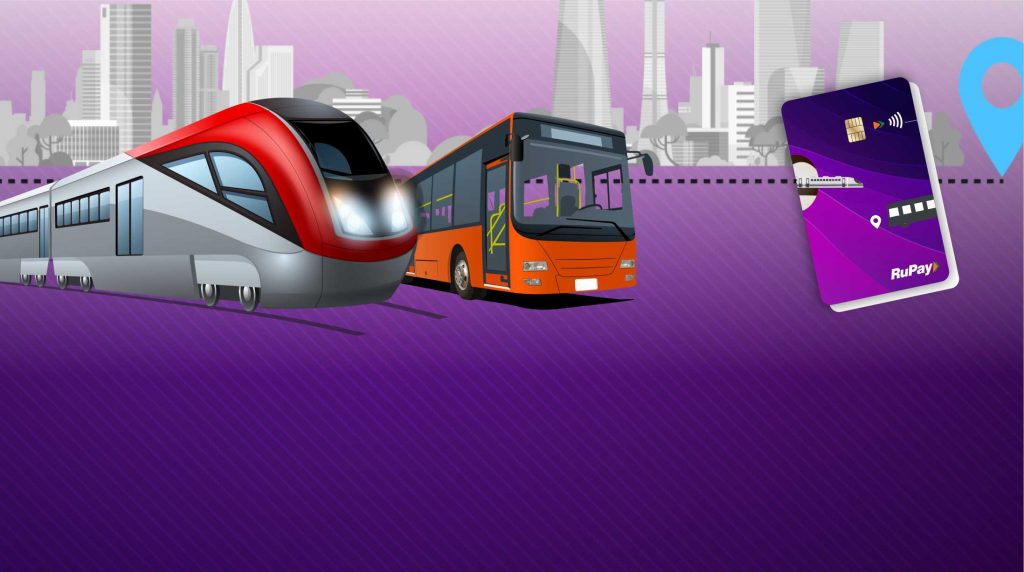Revolutionising Transit within India: Pure NCMC Cards for Effortless Mobility

In India, where millions rely on public transportation for their daily commute, the introduction of the Pure National Common Mobility Card (NCMC) is a game-changer. The Pure NCMC are PPIs for usage at Mass Transit Systems only. It aims to facilitate seamless travel across metros, trains, buses, auto-rickshaws, and cabs, while also serving as a […]
Fintech APIs are changing the landscape of financial services

Over the past decade, technology has shown tremendous impact in many industries. With the change of customer behaviour and the emergence of regulatory compliances, the landscape of the financial industry is changing. Customers are demanding a multi- and cross-channel experience, which is real-time as well as available round the clock. Thus, Banks are changing their […]
Embedded Finance: Changing the landscape of Financial Industry

In today’s tech savvy world, customers want everything at the right time in the right quantity with minimal efforts and a seamless experience. Every Service provider is trying to provide financial products at the fingertip of the customer. This is a game changing opportunity for fintech to offer the unique, agile and ease to use […]



